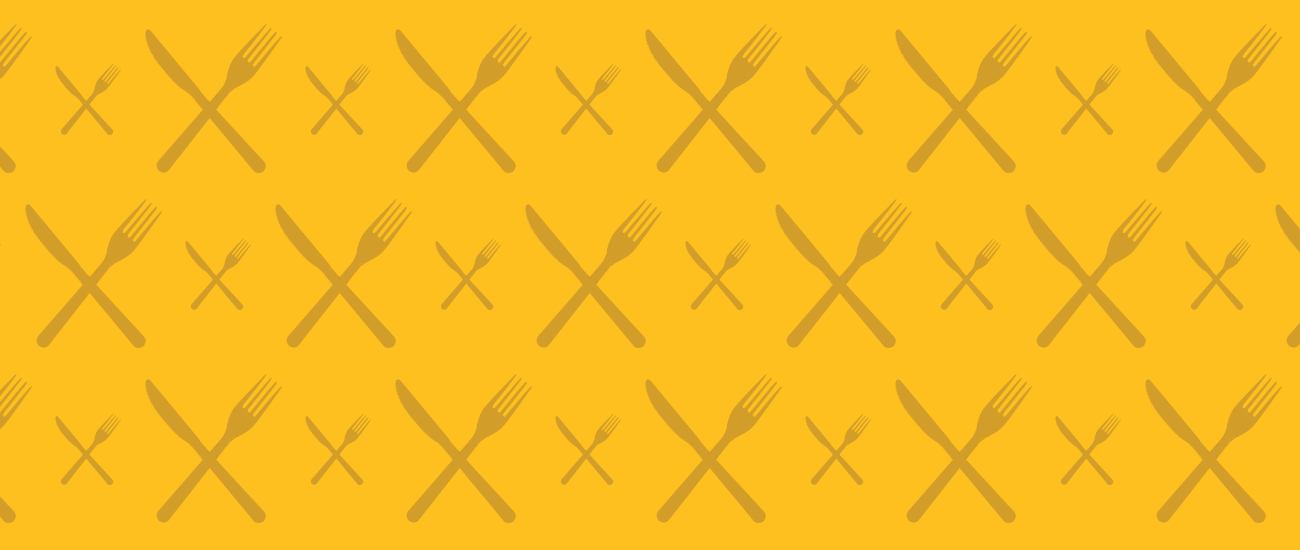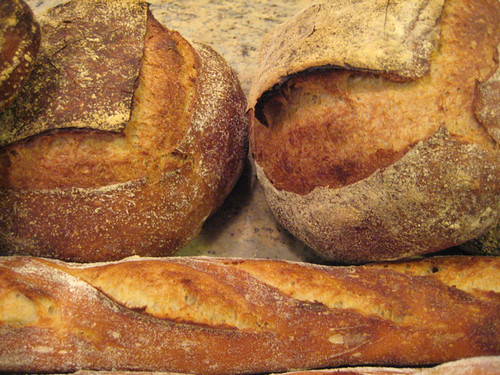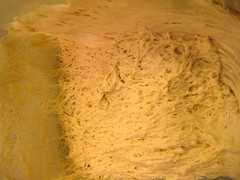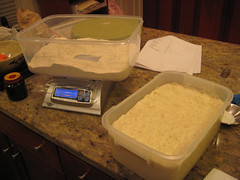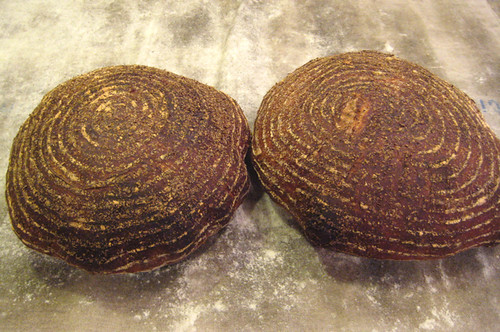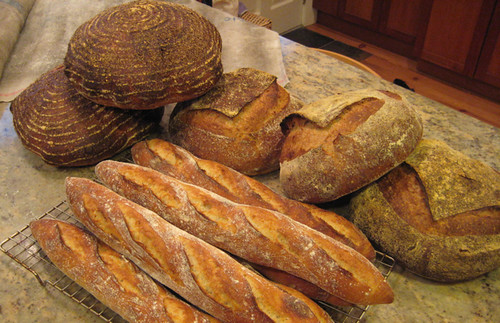Just a few days ago, Wal-Mart announced that it would push to cut the salt and sugar content of its processed food products. In the debate over this announcement -- was it enough? -- Jane Black hit the right note. Cutting sugar and salt from foods too quickly won't work because people are hooked on them. The effort will take time and the five-year timetable doesn't seem unreasonable. However, as Tom Laskawy points out, it makes no sense to leave national nutrition policy up to companies.
Which brings me to Berlin, where I happened to be this past week on research for my book on bread. A chef I met told me that when he visited the U.S. he found food exceedingly salty. Made me think of those restaurants which rely on specialty salts to season their dishes right before they're served: the bright note highlights certain flavors ... or does it? Salt can also be a culinary crutch, a quick fix to entice the palate. And I've got to say, in eating around Berlin, in take-away joints, pubs and sit down restaurants, the food is less salty and no one seems to have a problem with it.
Now, back in DC, I eat most of my meals at home and don't rely on processed foods. I try to be rather judicious with salt, but even so, I've had food here that tasted under-seasoned. I had a wonderful split pea soup at the farmers' market in Prenzlauer Berg in East Berlin, for example, and found it very mildly seasoned, but it was richly flavored with spices and dill. Instead of salt there was vinegar at the tables where people stood and ate and it did the trick when I added a few drops. (Soup at a farmers' market? Actually there were few farmers here -- mostly venders selling prepared foods and drinks, from wine to olives, soups, bread and handmade Turkish flatbread with fillings).
Smoked fish is also usually very salty when you buy it in the states but I've found it less so here (he said, just having consumed a bagel, frischkase und lachs -- cream cheese and lox). It's not that they avoid salt, but people appear to use less of it. I'm finding the same thing with sweets too. Though I haven't consumed many, the afternoon cakes I've had were not cloyingly sweet.
The thing that doesn't seem to be in short supply is fat -- butter, of course, and the fat in meat-based products like sausages and brots that are extremely popular. What doesn't seem to be served much are greens and salads. I miss them. I've had enough cabbage and root veggies for awhile.
The bread -- or, rather, I should say, the hand-made artisan breads -- are also wholly different. They are filled with hefty whole grains, which is why I'm here. Eating a slice or two in the morning (with a bit of butter) will keep you going for a long time. This isn't like the airy baguettes or ciabattas everyone seems to like these days but exceedingly dense loaves spotted with coarse grain and seeds. Mixing these doughs at the bakery where I worked was eye-opening, since they hardly appeared like wheat-flour doughs. They were like whole grain breakfast cereals shaped into loaves. In fact, my idea when I get home is to try making them with a seven-grain mix and whole grain flour and see how they turn out.
We have gotten used to a lot of sugar, salt and refined flour in the U.S. -- which contribute to many diseases. But it doesn't have to be that way. And it doesn't mean the food will be bad, or lacking in taste, if we shift away from them. But it will be different and it takes time to get used to the change. But here's the thing -- once you do change, the old stuff just doesn't taste the same any longer. Once you've crossed over, highly refined carbs taste like what they are: treats not staples, and ones that are often too salty.
- Samuel Fromartz
